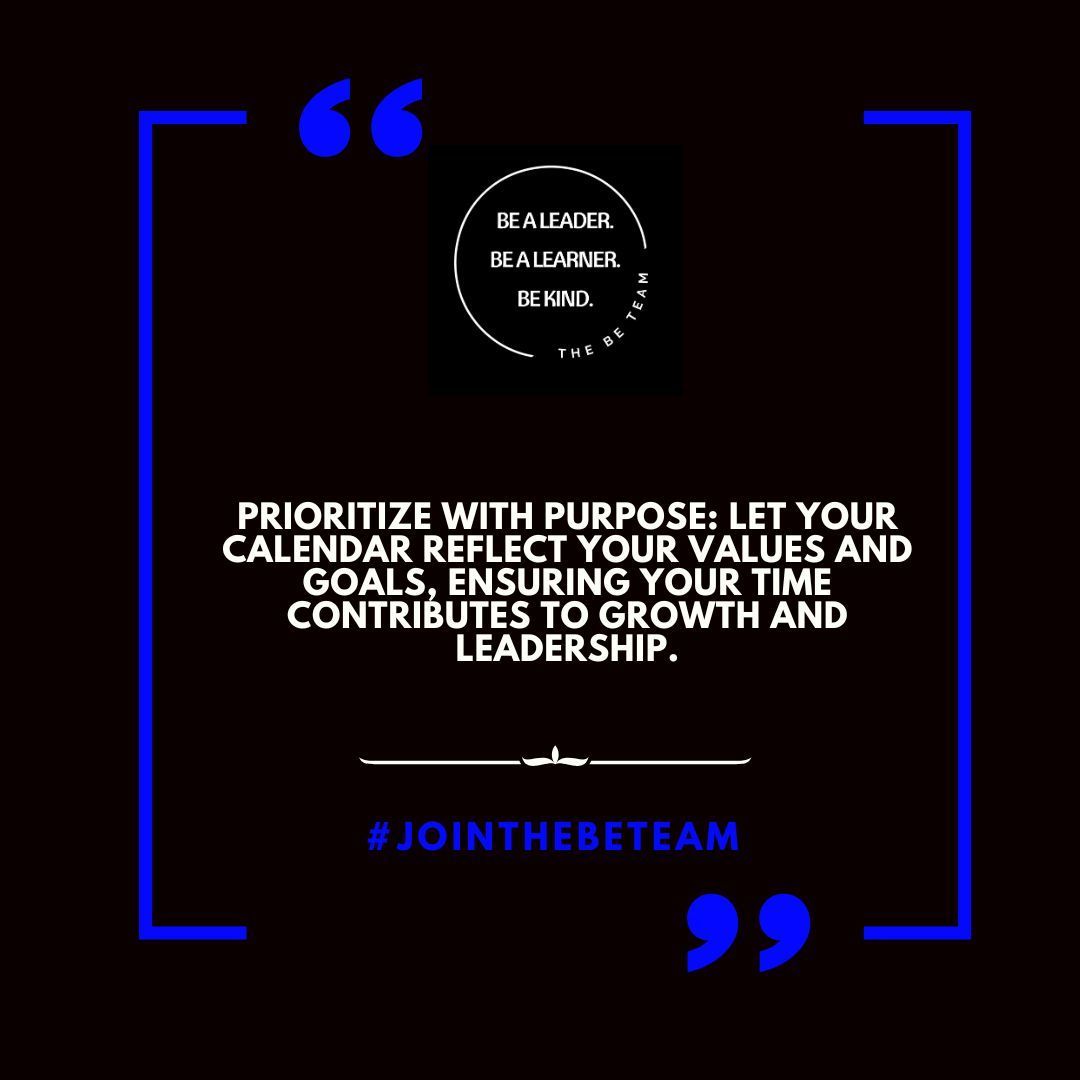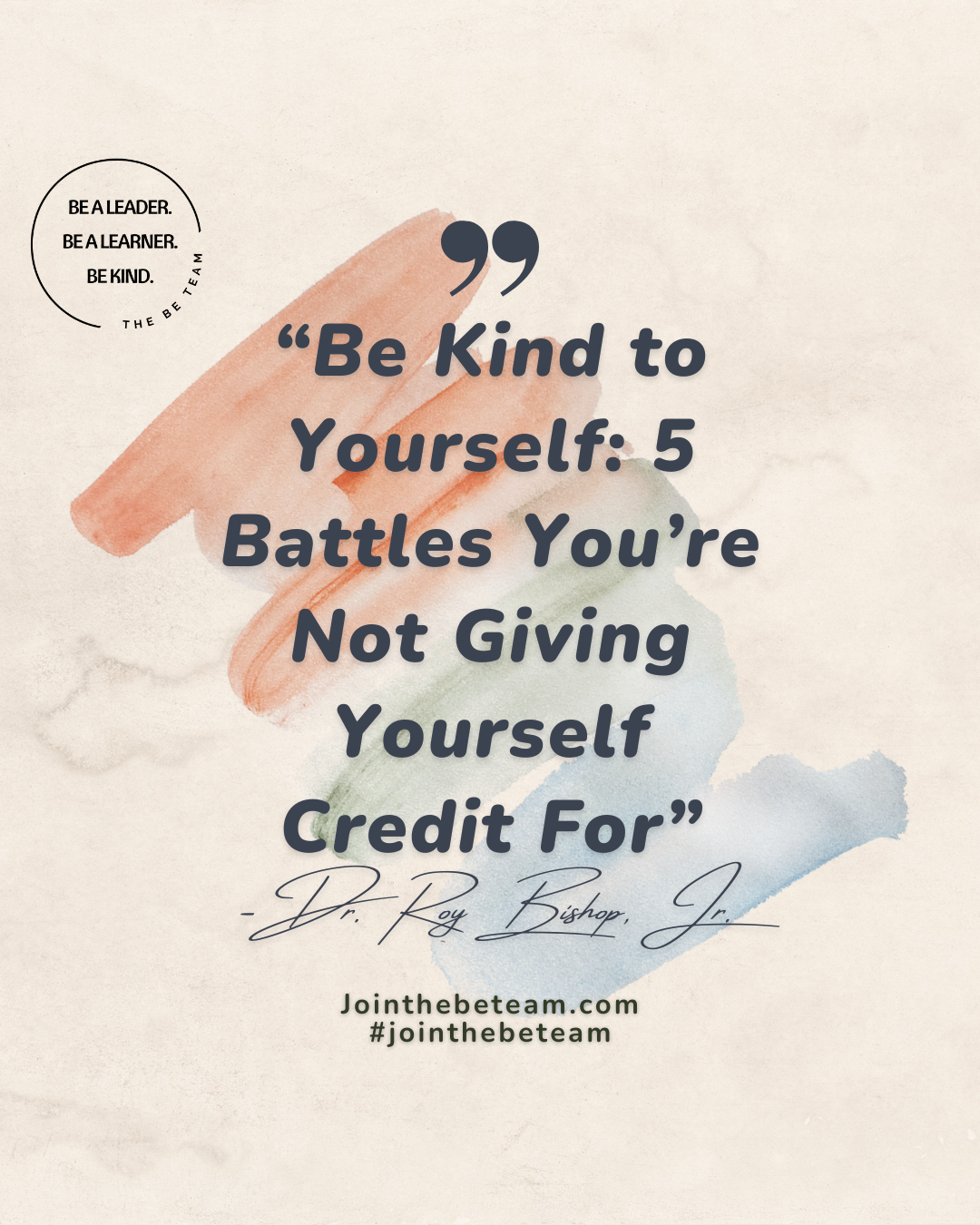The Priority Paradox
The Priority Paradox: How I Turned My Biggest Mistake into a Leadership Lesson

ONE THOUGHT...
In the fast-paced world of educational leadership, every decision we make can have a significant impact on classrooms and communities. That's why it's crucial to manage our time effectively. Unfortunately, I learned this lesson the hard way when I neglected to prioritize my responsibilities. But this humbling experience ultimately became a catalyst for growth and introspection. I realized that I needed to revisit the fundamental art of prioritizing. Now, I'm eager to share the insights I've gained from my mistakes. By mastering the balance between urgent tasks and true priorities, I believe we can all become better leaders.
Strategy 1: Embrace the Power of 'No'
- The Realization: In the aftermath of my scheduling debacle, I realized that part of the problem was my inability to say 'no.' Every 'yes' to a non-essential task was, in reality, a 'no' to something far more important.
- The Action: Start by evaluating requests and opportunities based on their alignment with your core goals and values. If they don't serve your mission as an educational leader, grant yourself permission to decline. It's not about shirking responsibilities but about honoring your priorities.
- The Benefit: This strategy not only frees up valuable time for what truly matters but also strengthens your resolve to commit to your priorities, setting a powerful example for your team and students about the importance of focused leadership.
Strategy 2: Time Blocking for the Win
- The Realization: My oversight had made one thing clear—vague intentions to tackle priorities 'sometime during the week' were futile. Without dedicated slots, important tasks were perpetually postponed.
- The Action: Adopt the time-blocking technique by carving out specific hours in your schedule exclusively for your priorities. Treat these blocks as non-negotiable appointments with yourself, whether it's for strategic planning, personal development, or critical project work.
- The Benefit: Time blocking not only ensures that your priorities get the attention they deserve but also instills a rhythm to your day, allowing for more focused and productive work periods interspersed with necessary breaks for rejuvenation.
Strategy 3: The Eisenhower Box: A Simple Yet Effective Tool
- The Realization: Distinguishing between urgent and important tasks was another area where my approach needed refinement. Not all 'urgent' tasks merit immediate attention, especially if they don't align with my long-term objectives.
- The Action: Utilize the Eisenhower Box, a straightforward matrix that helps categorize tasks into four quadrants based on their urgency and importance. This visual tool aids in decision-making about what to do immediately, schedule for later, delegate, or eliminate altogether.
- The Benefit: Applying the Eisenhower Box fosters a strategic mindset, encouraging you to invest your time and resources in activities that truly contribute to your mission and growth as an educational leader. It’s about working smarter, not harder.
My biggest mistake last week wasn't failing to complete a task; it was forgetting that effective leadership is as much about what we do as it is about what we choose not to do. By embracing the power of 'no,' time blocking, and the Eisenhower Box, I’ve not only reclaimed control over my schedule but also taken a significant step towards more intentional and impactful leadership. Remember, in the realm of educational leadership, how we manage our priorities reflects how we manage our growth, our teams, and ultimately, our legacy. Let's make it count.
TWO QUOTES…
"Mistakes are the portals of discovery." - James Joyce
"You will never find time for anything. If you want time, you must make it." - Charles Buxton
ONE QUESTION…
How can reevaluating your current priorities and the way you schedule them serve as a catalyst for transforming your leadership approach and enhancing your impact on your educational community?
Let's build the life you want together! We want you to be the best version of yourself! We are here to help!
I need you to do three things today and every day: Be a Leader, Be a Learner, and Be kind.
share this
Related Articles



STAY UP TO DATE
the latest from the be team
Receive an alert anytime a new post drops
Contact Us

